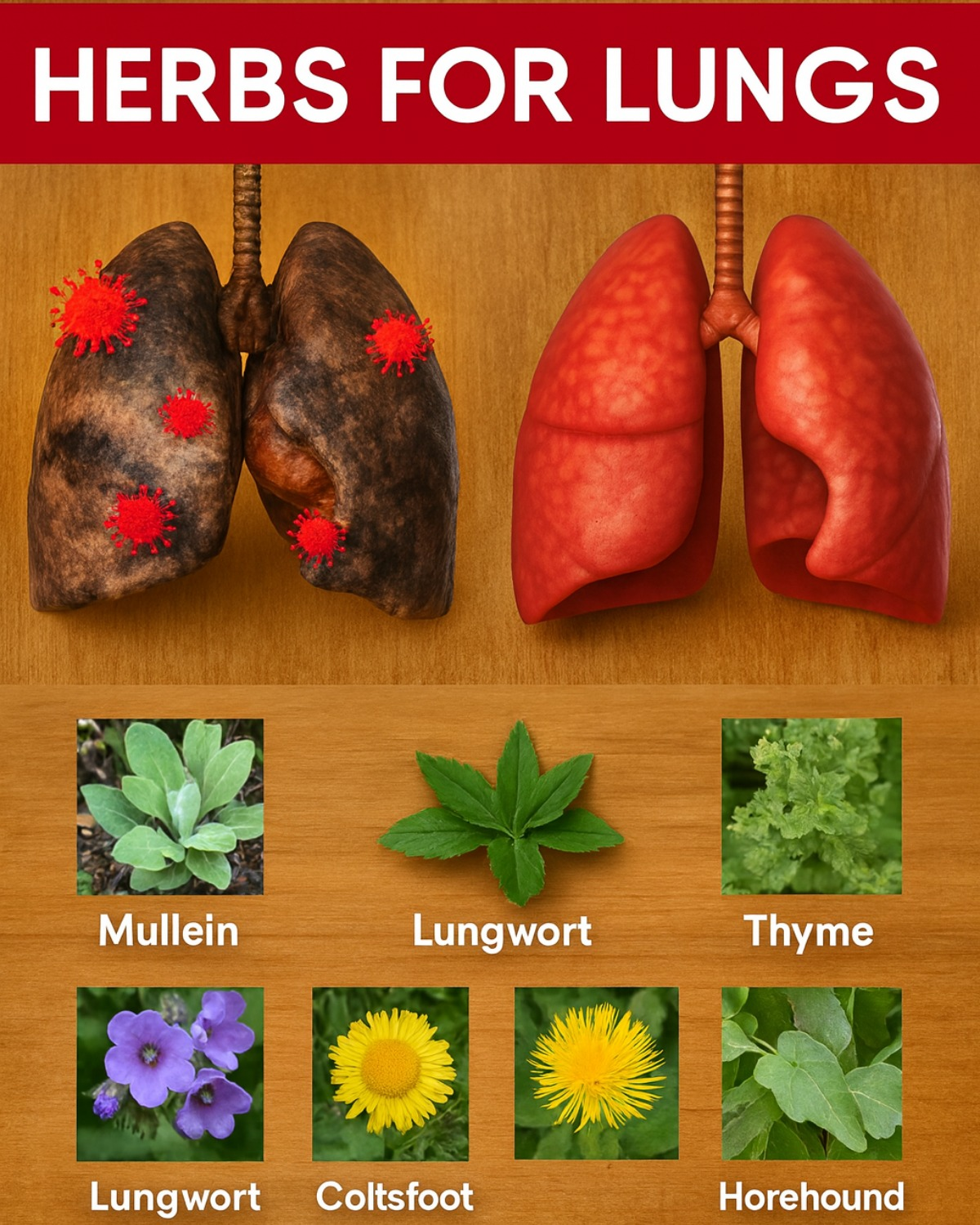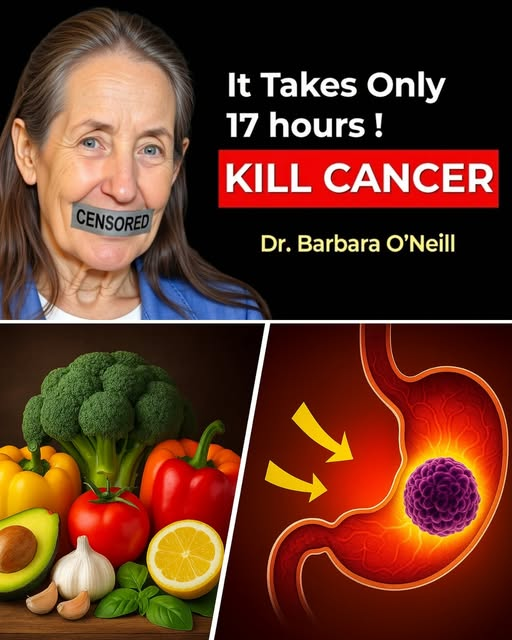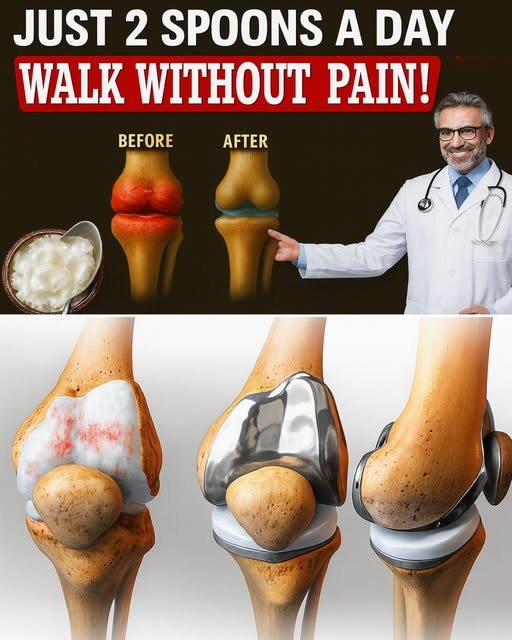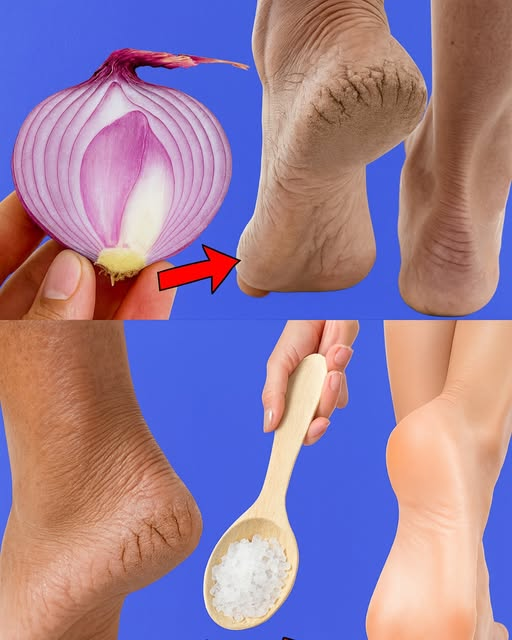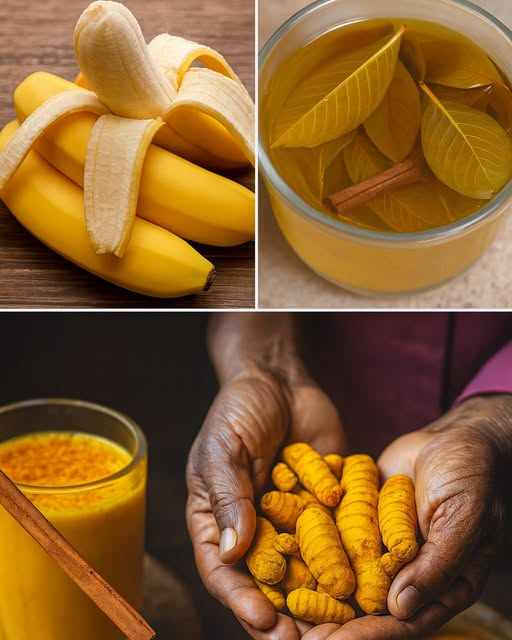A bright, cavity-free smile can boost your confidence and make every day a little better, but keeping your teeth healthy requires more than just brushing. Inspired by wellness educator Barbara O’Neill’s focus on natural health, this article explores evidence-based ways to prevent cavities using simple, everyday habits. Backed by trusted sources like the American Dental Association (ADA) and Mayo Clinic, these tips will help you protect your teeth without relying on exaggerated claims. By making small changes to your routine, you can support your dental health and keep cavities at bay. Let’s dive into the practical steps you can take for a stronger, healthier smile!

Understanding Cavities and Why Prevention Matters
Cavities, or dental caries, are small holes in your teeth caused by the breakdown of enamel, often due to plaque buildup and bacteria. The ADA explains that cavities form when sugars and starches in food interact with bacteria in your mouth, producing acids that erode tooth enamel. Left untreated, cavities can lead to discomfort and costly dental treatments. Preventive habits, like those emphasized by Barbara O’Neill’s holistic approach, can reduce your risk and support long-term oral health. Let’s explore the best ways to keep your teeth cavity-free.

Brush and Floss Effectively to Stop Plaque
Brushing and flossing are the foundation of cavity prevention, but doing them right is key. The ADA recommends brushing twice daily with fluoride toothpaste for two minutes and flossing once a day to remove plaque from areas your brush can’t reach. A 2018 study in the Journal of Dental Research found that consistent brushing and flossing reduced cavity risk by up to 40% compared to irregular habits.
Here’s how to optimize your routine:
- Use fluoride toothpaste: Fluoride strengthens enamel, making it harder for acids to cause cavities, per the CDC.
- Brush properly: Hold your toothbrush at a 45-degree angle to your gums and use short, gentle strokes, covering all tooth surfaces.
- Floss or use interdental tools: Flossing or using a water flosser removes food particles and plaque between teeth, where cavities often start.
Tip: Set a timer or play a favorite song to ensure you brush for the full two minutes. Share this trick with a friend who wants a healthier smile!
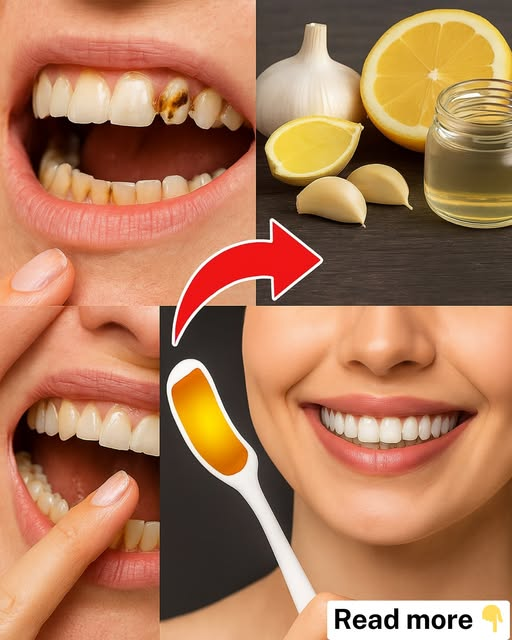
Choose Tooth-Friendly Foods and Drinks
What you eat and drink plays a big role in cavity prevention. Sugary and starchy foods, like candy, soda, and white bread, feed the bacteria that cause cavities, according to Harvard Health. On the other hand, nutrient-rich foods can strengthen teeth and reduce plaque. A 2020 study in The American Journal of Clinical Nutrition found that diets high in calcium and fiber were linked to lower rates of tooth decay.
Incorporate these cavity-fighting foods:
- Dairy products: Cheese, yogurt, and milk provide calcium and phosphates that rebuild enamel.
- Crunchy vegetables: Carrots and celery stimulate saliva production, which naturally cleans teeth, per WebMD.
- Green tea: Its antioxidants may reduce bacteria in the mouth, lowering cavity risk.
Avoid these cavity culprits:
- Sugary drinks: Soda, sports drinks, and sweetened coffee can erode enamel over time.
- Sticky snacks: Candies like gummies cling to teeth, giving bacteria more time to produce acid.
- Acidic foods: Citrus fruits and tomatoes are healthy but can weaken enamel if not followed by rinsing with water.
Pro tip: Chew sugar-free gum after meals to boost saliva flow and neutralize acids. This small habit can make a big difference!

Stay Hydrated to Protect Your Teeth
Drinking water throughout the day is a simple yet powerful way to prevent cavities. Water washes away food particles, dilutes acids, and promotes saliva production, which contains minerals that repair early enamel damage, per the Mayo Clinic. Fluoridated tap water, available in many U.S. communities, adds an extra layer of protection by strengthening teeth, according to the CDC.
Follow these hydration tips:
- Drink water after meals: Rinse your mouth to clear sugars and acids, especially if you can’t brush right away.
- Choose fluoridated water: Check if your local water supply contains fluoride, or ask your dentist about fluoride options.
- Carry a reusable bottle: Make hydration easy by keeping water handy at home, work, or on the go.
Barbara O’Neill’s emphasis on natural hydration aligns with this advice, as water supports overall health while keeping your teeth clean. Comment below with your favorite way to stay hydrated!
Consider Natural Adjuncts Like Xylitol
Xylitol, a natural sweetener found in some fruits and vegetables, may help prevent cavities by reducing harmful bacteria in the mouth. The ADA notes that xylitol disrupts the ability of bacteria to stick to teeth, lowering plaque formation. A 2017 study in the journal Caries Research found that chewing xylitol gum reduced cavity risk by up to 30% in children, and similar benefits may apply to adults.
Here’s how to use xylitol safely:
- Chew xylitol gum: Look for sugar-free gum with xylitol as the first ingredient, and chew for 10–15 minutes after meals.
- Try xylitol mints: These are a convenient alternative for fresh breath and cavity protection.
- Check with your dentist: While xylitol is generally safe, confirm it fits your health needs, especially if you have digestive sensitivities.
Xylitol can complement your routine but isn’t a replacement for brushing and flossing. Always prioritize proven habits for the best results.

Regular Dental Checkups for Long-Term Protection
Even with the best habits, professional dental care is essential to prevent cavities. Dentists can spot early signs of decay, apply protective sealants, or recommend fluoride treatments to strengthen enamel, per the Cleveland Clinic. The ADA advises visiting your dentist every 6–12 months for cleanings and exams to remove hardened plaque (tartar) that brushing can’t tackle.
Signs it’s time to see a dentist:
- Sensitivity to hot, cold, or sweet foods, which may indicate early cavities.
- White or brown spots on teeth, signaling enamel breakdown.
- Persistent bad breath despite good hygiene.
Regular checkups catch issues early, saving you time and discomfort. Explore more dental tips on our site to keep your smile shining!
A Note on Barbara O’Neill’s Advice
While Barbara O’Neill promotes natural health practices, some of her claims, including those about dental care, lack scientific backing. The New South Wales Health Care Complaints Commission banned her from providing health services in Australia due to concerns about unproven advice, such as alternative treatments for serious conditions. For cavity prevention, stick to evidence-based recommendations from trusted sources like the ADA and consult your dentist for personalized guidance.
Building a Cavity-Free Routine for Life
Preventing cavities doesn’t require secrets or extreme measures—just consistent, practical habits that fit your lifestyle. By brushing and flossing effectively, choosing tooth-friendly foods, staying hydrated, and visiting your dentist regularly, you can protect your teeth for years to come. These tips, grounded in science and inspired by a natural approach, empower you to take charge of your dental health.
Here’s a daily checklist for a cavity-free smile:
- Brush twice a day with fluoride toothpaste for two minutes.
- Floss or use a water flosser once daily to clean between teeth.
- Drink water after meals and snacks to rinse your mouth.
- Snack on calcium-rich foods like yogurt or crunchy veggies.
- Chew xylitol gum after meals, if approved by your dentist.
By making these habits part of your routine, you’ll support your oral health and feel confident in your smile. Share this article with someone who’d love these tips, or comment below with your go-to dental habit!
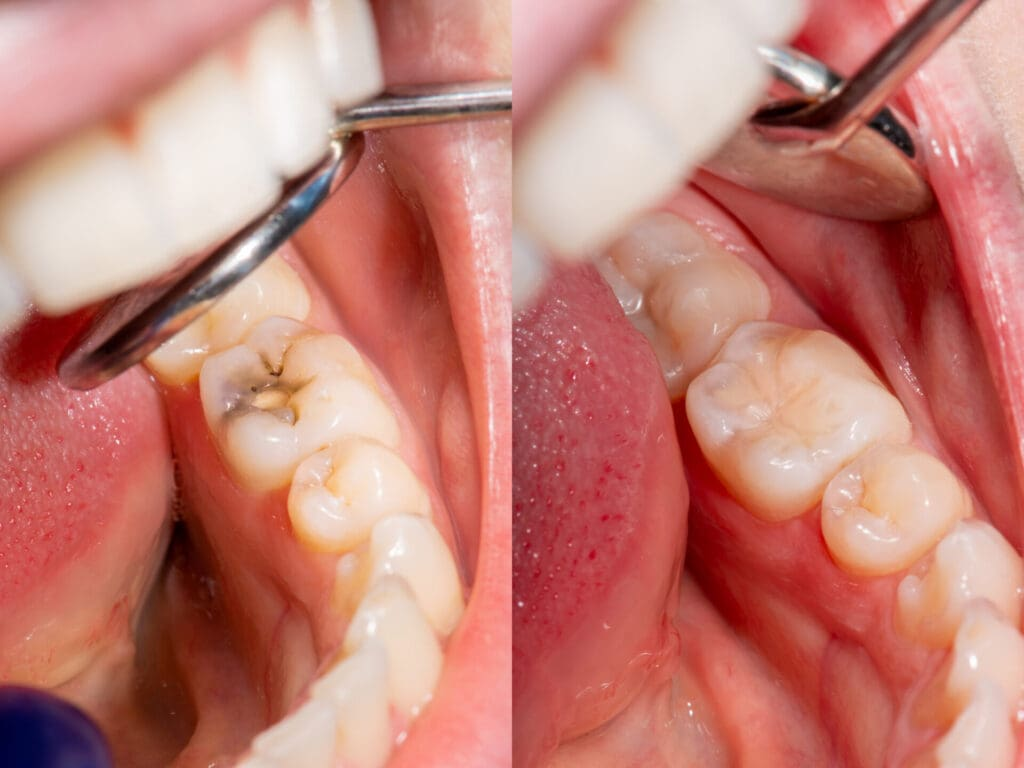
Disclaimer
This article is for informational purposes only and does not substitute professional medical advice. Consult your dentist or doctor before making changes to your oral health routine.
